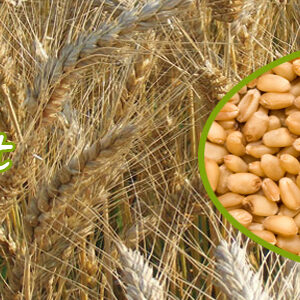Description
Sesame seed is considered one of the oldest oilseed crop known, domesticated well over 3000 years ago. Sesame is very drought-tolerant. It has been called a survivor crop, with an ability to grow where most crops fail. Sesame has one of the highest oil contents of any seed. With a rich nutty flavour, it is a common ingredient in cuisines across the world. Sesame, like other nuts and foods, can trigger allergic reactions in some people.
The world’s largest exporter of sesame seeds is India and Trilokpati is one of them, and Japan is the largest importer.
After harvesting, the seeds are usually cleaned and hulled. Once the seeds have been hulled, they are passed through an electronic colour-sorting machine that rejects any discoloured seeds to ensure perfectly coloured sesame seeds. This is done because sesame seeds with consistent appearance are perceived to be of better quality by consumers.
Sesame has many species, and most are wild. Most wild species of the genus Sesamum are native to sub-Saharan Africa. Sesame Indicum the cultivated type, originated in India.
Charred remains of sesame recovered from archeological excavations have been dated to 3500-3050 BC. Fuller claims trading of sesame between Mesopotamia and regions that are now Pakistan and India occurred by 2000 BC. Some reports claim sesame was cultivated in Egypt during the Ptolemiac period,while others suggest the New Kingdom
The historic origin of sesame was favored by its ability to grow in areas that do not support the growth of other crops. It is also a robust crop that needs little farming support—it grows in drought conditions, in high heat, with residual moisture in soil after monsoons are gone or even when rains fail or when rains are excessive. It is crop that can be grown by subsistence farmers at the edge of deserts, where no crops grow. Sesame is called a survivor crop.







Reviews
There are no reviews yet.